The Corporate Break-Up
Edgar Morin, the quite brilliant French philosopher once uttered “the whole is less than the sum of its parts.”
Surprisingly, Edgar, didn’t have corporate breakups in mind when he uttered these words.
Corporate break-ups and spin-offs date back notably to John D Rockefeller’s break-up of the Standard Oil juggernaut in 19111.
Splitting his beloved company into 34 separate companies actually meant that these fragments became more profitable to him than as a single conglomerate (while Rockefeller’s control over the oil industry was reduced, the resulting split meant his net worth rose five times, with shares in one company becoming shares in many—almost all of which doubled and then continued their upward trajectory).
However, opinion surrounding company break-ups is generally quite negative, from activist investors to regulatory pressures from governments. So if break-ups are such a damaging risk to a company, why do so many do so of their own volition?
Break-ups occur for a number of reasons.
For instance, a stock representing something negative to shareholders; say a formerly pioneering company failing to innovate. The underlying business may have phenomenal performance and opportunities but shareholders aren't being rewarded for this and the best fiduciary decision by the management is to let their stars rise on their own.
We’ve also seen a company’s desire to "focus" on the principle, i.e. there are so many diverse businesses that they would be better to focus solely on their core. For a CEO to think about business areas from refrigerators and wind mills to aviation and energy, may paint a clearer picture as to why GE chose to break up.
Then there’s the financials driving the breakup. Like the famous decision by Marriot to split into two; one business focused on running and servicing the hotel and one business focused on owning and servicing the properties themselves. Clearly the latter is more asset and liability heavy with REIT like returns, while the former, a higher margin, cash light, service-based return business.
GE, Johnson & Johnson, IBM and Toshiba have all boarded the break-up bus this year. Is this a sign that the conglomerate model, previously synonymous with olde world economics, is out of favour in the digital age and on Wall Street? Perhaps in-part this is due to the difficulty in valuing these businesses properly, and also because investors want more agile, pure play exposure to the areas which are most profitable or which have the most potential future growth.
Some sectors are actually undergoing major economic and secular shifts and some iconic companies are threatened by these new technologies, or investors are pressing for breakups. Take GE’s recent breakup. GE can trace its lineage back to Thomas Edison and was once the pinnacle of corporate success; famous for its stable returns and corporate prowess. GE’s products have spanned pretty much every facet of “modern life”; health care, radios, financials services, energy and even aeroplanes. Once one of the original stalwarts of the Dow Jones Industrial Average Index, in 20072 GE was the second-most valuable company in the world, ranking alongside the likes of ExxonMobil and Toyota.
But times change and this has never been truer than in financial markets.
So why would thematic investors want companies to break-up?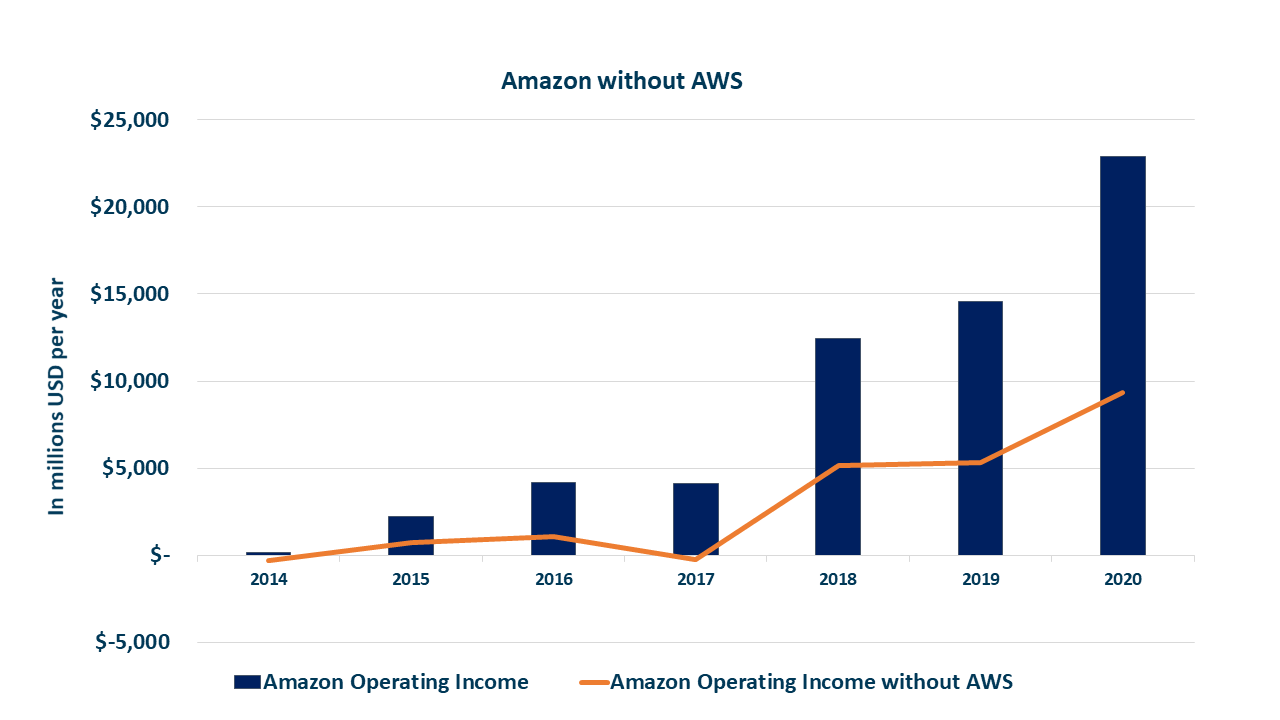

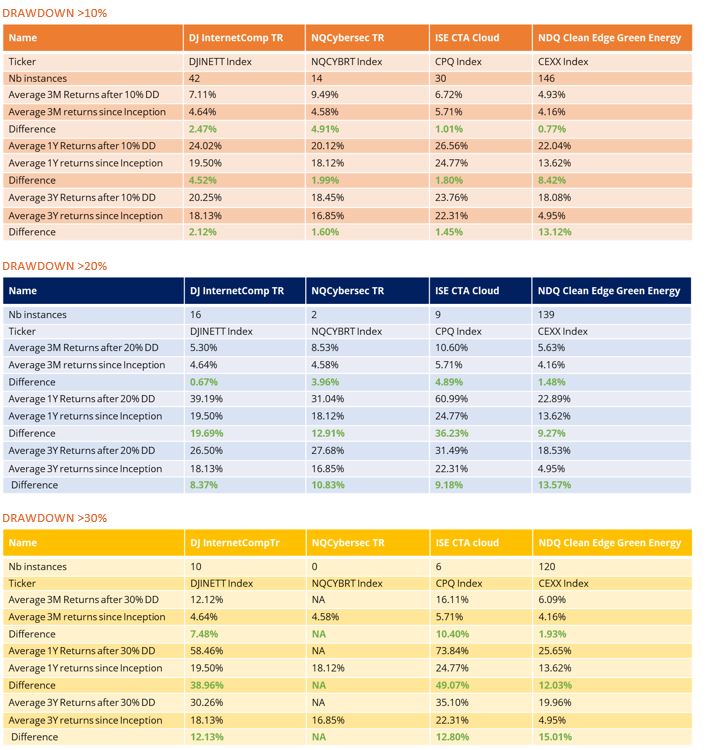


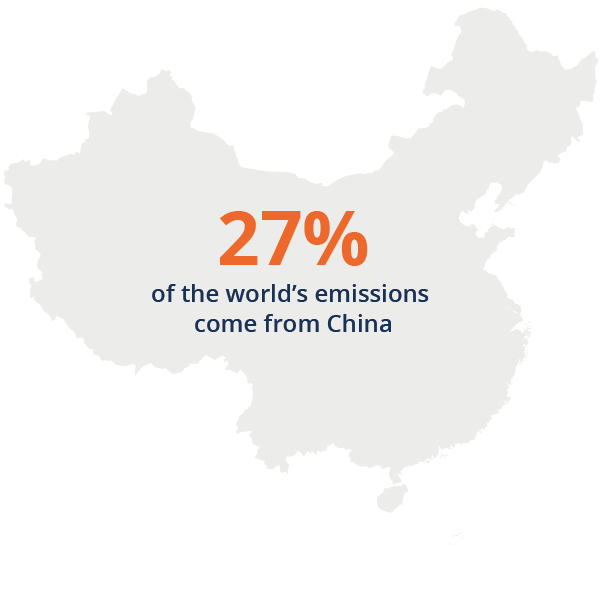
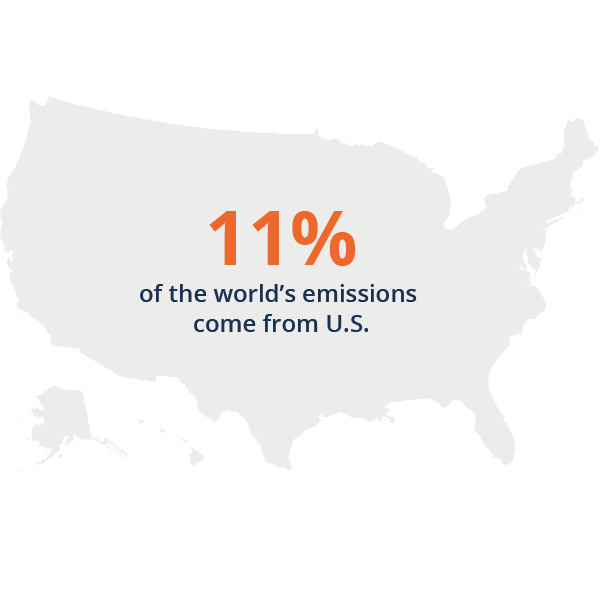
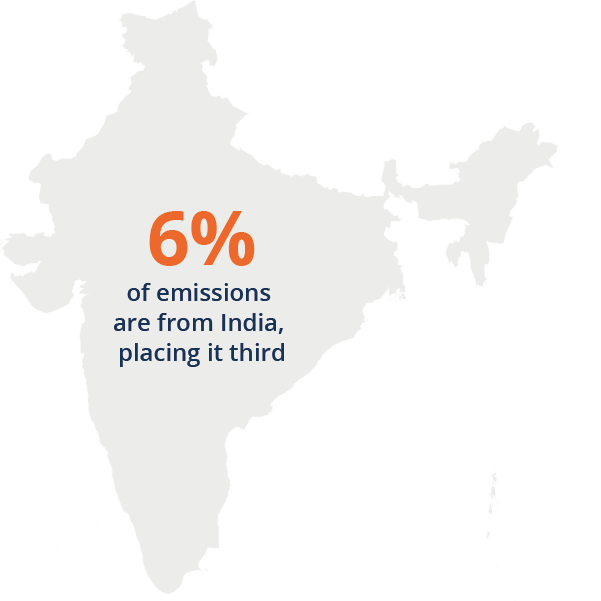


Share